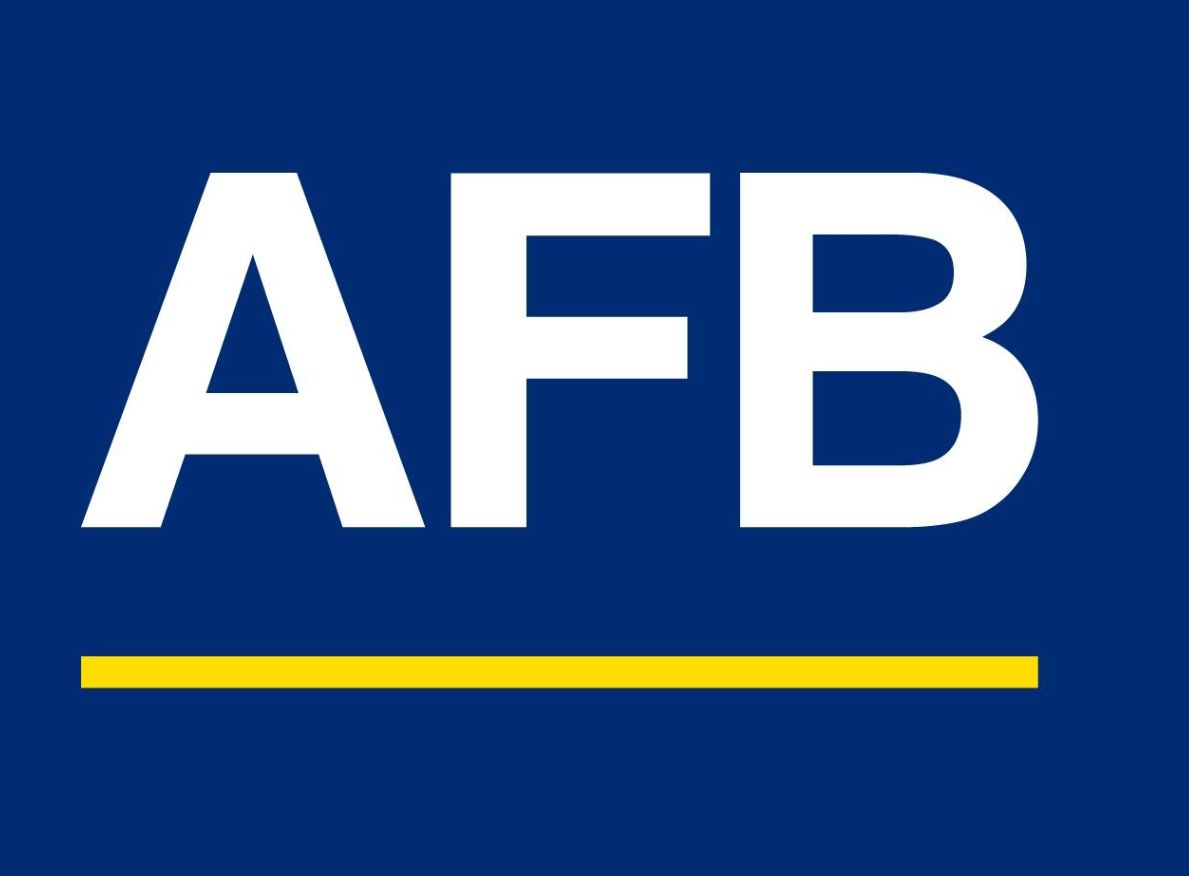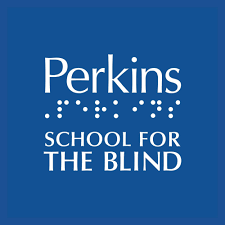Students with low vision face unique challenges in their educational journey. Low vision refers to significant visual impairment that cannot be fully corrected with glasses, contact lenses, medication, or surgery. Conditions like macular degeneration, glaucoma, diabetic retinopathy, and cataracts are common causes. This article explores effective educational resources available for students with low vision, including authoritative organizations, specialized tools, assistive technologies, and support from various community institutions. We will also highlight the contributions of Zoomax, a leading provider of low vision products, in enhancing the learning experience for these students.
Key Educational Resources for Low Vision Students
American Foundation for the Blind (AFB)
 The American Foundation for the Blind (AFB) is dedicated to creating a world with no limits for people with vision loss. AFB provides extensive resources for students with low vision, including educational materials, technology recommendations, and research on best practices. Their website offers guides for parents, teachers, and students to support educational success and independence (American Foundation for the Blind, n.d.).
The American Foundation for the Blind (AFB) is dedicated to creating a world with no limits for people with vision loss. AFB provides extensive resources for students with low vision, including educational materials, technology recommendations, and research on best practices. Their website offers guides for parents, teachers, and students to support educational success and independence (American Foundation for the Blind, n.d.).
National Federation of the Blind (NFB)
The National Federation of the Blind (NFB) offers a wide range of resources for individuals with low vision, including educational programs, advocacy, and support for students and their families. NFB promotes Braille literacy, provides scholarships, and offers mentoring programs, helping students achieve academic success and independence (National Federation of the Blind, n.d.).

Perkins School for the Blind
The Perkins School for the Blind is renowned for its comprehensive educational programs for students with visual impairments. Perkins offers on-campus schooling, online learning, and outreach programs. They provide professional development for educators and accessible educational resources, ensuring students receive the best possible education (Perkins School for the Blind, n.d.).
RNIB Bookshare (UK)
RNIB Bookshare, managed by the Royal National Institute of Blind People, provides accessible textbooks and educational materials for students with visual impairments. Their extensive library includes books in braille, large print, and audio formats, supporting the academic progress of students with low vision (RNIB Bookshare, n.d.).
Daily Life Support for Low Vision Students
Schools
 Schools play a critical role in supporting low vision students. Many schools offer specialized programs and resources, including Individualized Education Plans (IEPs) that tailor educational strategies to meet specific needs. Schools may provide access to assistive technology, such as screen magnifiers and braille printers, and offer training for teachers to support these students effectively. School counselors and special education staff can also provide emotional and academic support, helping students navigate their educational journey.
Schools play a critical role in supporting low vision students. Many schools offer specialized programs and resources, including Individualized Education Plans (IEPs) that tailor educational strategies to meet specific needs. Schools may provide access to assistive technology, such as screen magnifiers and braille printers, and offer training for teachers to support these students effectively. School counselors and special education staff can also provide emotional and academic support, helping students navigate their educational journey.
Hospitals and Medical Centers
 Hospitals and medical centers are essential for diagnosing and managing conditions that cause low vision. Pediatric ophthalmologists and low vision specialists provide treatments, recommend visual aids, and offer rehabilitation services. Hospitals often have low vision clinics that provide comprehensive care, including vision therapy, occupational therapy, and counseling. These services help students maximize their remaining vision and improve their overall quality of life.
Hospitals and medical centers are essential for diagnosing and managing conditions that cause low vision. Pediatric ophthalmologists and low vision specialists provide treatments, recommend visual aids, and offer rehabilitation services. Hospitals often have low vision clinics that provide comprehensive care, including vision therapy, occupational therapy, and counseling. These services help students maximize their remaining vision and improve their overall quality of life.
Low Vision Institutions
 Specialized institutions, such as low vision rehabilitation centers, offer extensive services to support students. These institutions provide comprehensive assessments, personalized rehabilitation plans, and training in using assistive technologies. They also offer workshops and support groups for students and their families, helping them adjust to life with low vision and learn practical skills for daily living.
Specialized institutions, such as low vision rehabilitation centers, offer extensive services to support students. These institutions provide comprehensive assessments, personalized rehabilitation plans, and training in using assistive technologies. They also offer workshops and support groups for students and their families, helping them adjust to life with low vision and learn practical skills for daily living.
Churches and Community Centers
Churches and community centers provide supportive environments for low vision students. They offer community-based programs, including support groups, social activities, and educational workshops. Faith-based organizations may provide spiritual support and counseling, helping students and their families cope with the emotional aspects of living with low vision. Community centers serve as hubs for resource distribution, connecting families with local services and support networks.
Associations and Advocacy Groups
Associations and advocacy groups, such as the American Council of the Blind (ACB) and the National Organization for Albinism and Hypopigmentation (NOAH), support low vision students by advocating for their rights, improving accessibility in education, and providing resources and information. These groups offer networking opportunities, allowing students and parents to connect with others who share similar experiences and challenges.
Assistive Technologies for Low Vision Students
Zoomax Snow 12
The Zoomax Snow 12 is a portable video magnifier that combines powerful magnification with a user-friendly interface. It features a 12-inch high-definition screen, adjustable magnification levels, and multiple viewing modes. One of the standout features of the Snow 12 is its OCR (Optical Character Recognition) functionality, which includes text-to-speech capabilities. This allows students to have printed text read aloud to them, significantly enhancing their ability to access and comprehend written materials. The Snow 12 is perfect for reading textbooks, viewing classroom materials, and participating in group activities. Its portability allows students to use it both at school and home, ensuring continuous access to educational content (zoomaxusa, n.d.).
Zoomax Acesight
The Zoomax Acesight is a wearable device that offers augmented reality (AR) visual enhancement for individuals with low vision. It provides real-time magnification, high contrast, and a wide field of view. Acesight is designed to help students see details clearly, whether they are reading a whiteboard, viewing presentations, or navigating the school environment. This device promotes independence and confidence in academic settings (zoomaxusa, n.d.).
Zoomax Snow Eye
The Zoomax Snow Eye is an innovative wearable device that provides real-time magnification and enhanced visual clarity for individuals with low vision. It features an intuitive design that combines advanced camera technology with a comfortable, lightweight frame. The Snow Eye offers a wide field of view and adjustable magnification levels, making it ideal for reading, classroom participation, and daily activities such as watching TV. Its advanced features include high-contrast modes and image stabilization, ensuring that students can engage with their educational materials more effectively (zoomaxusa, n.d.).
Conclusion
Educational resources for students with low vision have advanced significantly, providing them with the tools and support they need to succeed academically and in daily life. Organizations like AFB, NFB, Perkins, and RNIB Bookshare play a crucial role in offering accessible educational materials and programs. Additionally, assistive technologies such as screen readers, braille displays, and digital book readers enhance the learning experience.
Community institutions like schools, hospitals, low vision institutions, churches, and advocacy groups provide vital support, ensuring that students with low vision can thrive both academically and personally. Zoomax’s innovative products, including the Snow 12, Acesight, and Snow Eye, further empower students with low vision by providing them with the necessary tools to access and engage with educational content. By leveraging these resources and support systems, students with low vision can achieve their full potential and participate fully in their educational journey and daily lives.
FAQ
1. What are the best exercises for students with low vision?
Low-impact exercises such as swimming, yoga, and Tai Chi are ideal for students with low vision. These activities can be easily modified to suit individual needs and can be performed in safe environments. Always consult with a doctor and professional trainers to choose the most appropriate exercises.
2. How can assistive technology benefit low vision students in their education?
Assistive technology like the Zoomax Snow 12, Acesight, and Snow Eye can significantly enhance a student’s ability to access and engage with educational content. These devices offer features such as magnification, OCR (Optical Character Recognition), and enhanced visual clarity, which help students read and comprehend materials more effectively.
3. What should schools do to support students with low vision?
Schools should provide specialized programs, Individualized Education Plans (IEPs), and access to assistive technology. Training for teachers on how to support low vision students, along with emotional and academic support through counselors and special education staff, is crucial. Creating a safe and inclusive environment is essential for the success of these students.
References
American Foundation for the Blind. (n.d.). American Foundation for the Blind. Retrieved from https://www.afb.org
National Federation of the Blind. (n.d.). National Federation of the Blind. Retrieved from https://www.nfb.org
Perkins School for the Blind. (n.d.). Perkins School for the Blind. Retrieved from https://www.perkins.org
RNIB Bookshare. (n.d.). RNIB Bookshare. Retrieved from https://www.rnibbookshare.org
zoomaxusa. (n.d.). Zoomax. Retrieved from https://www.zoomaxusa.com

